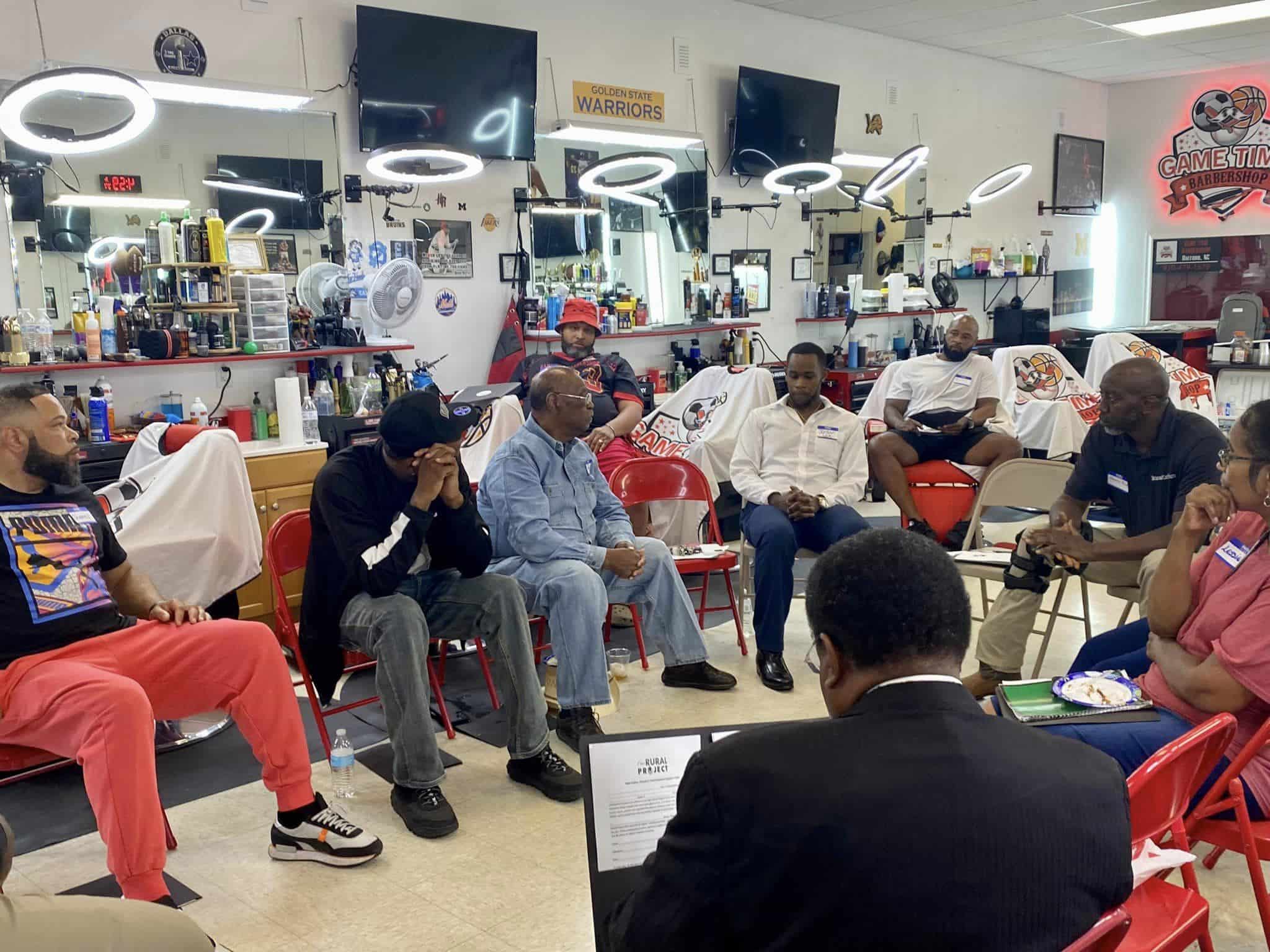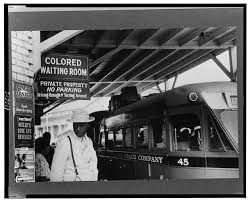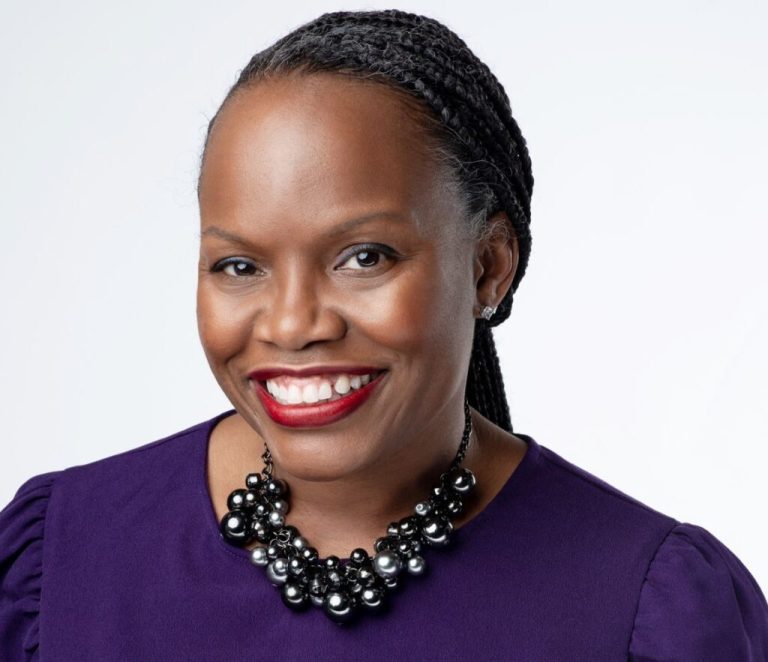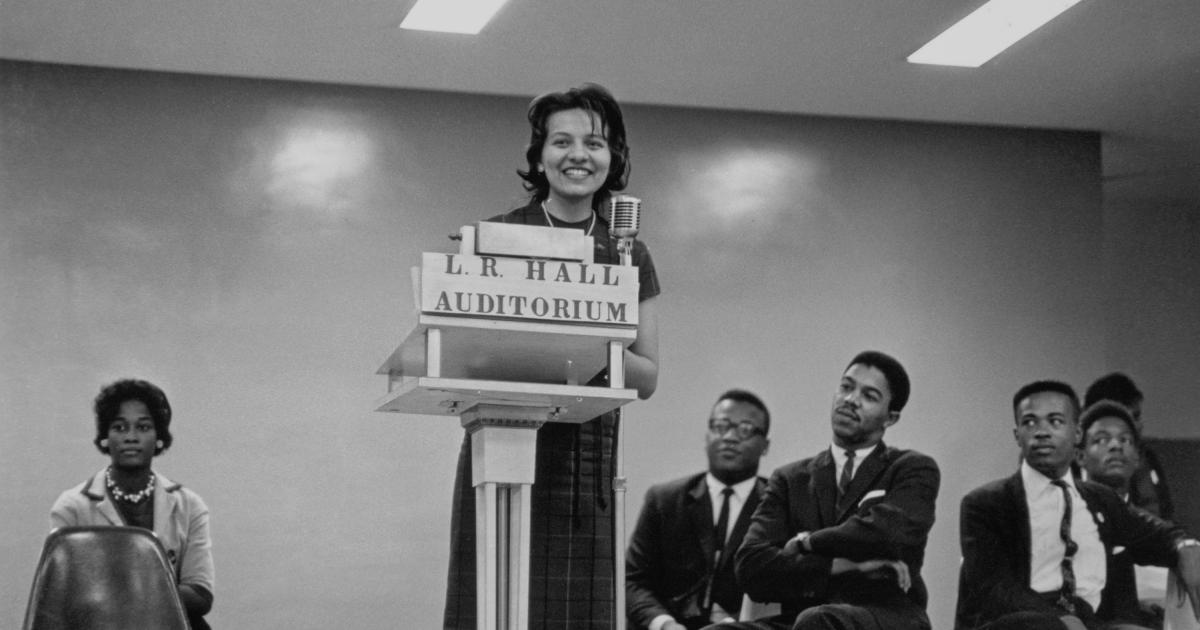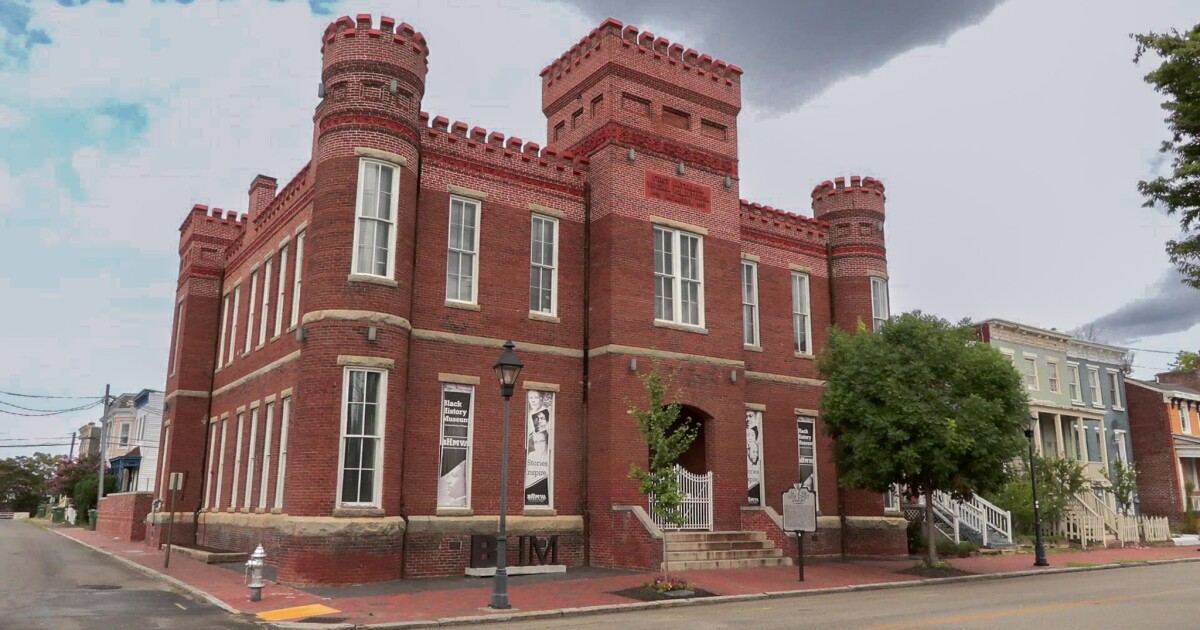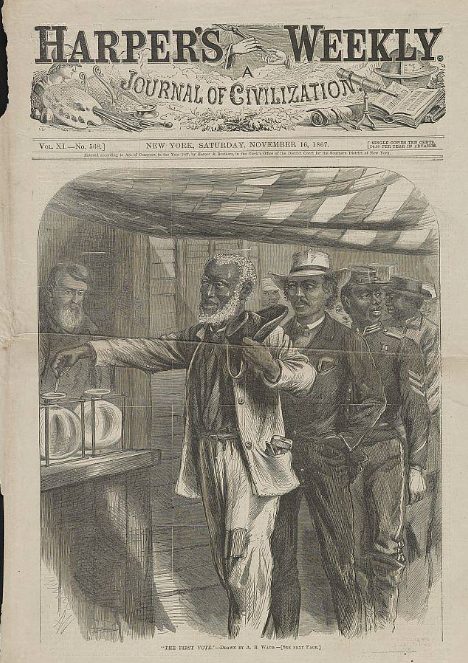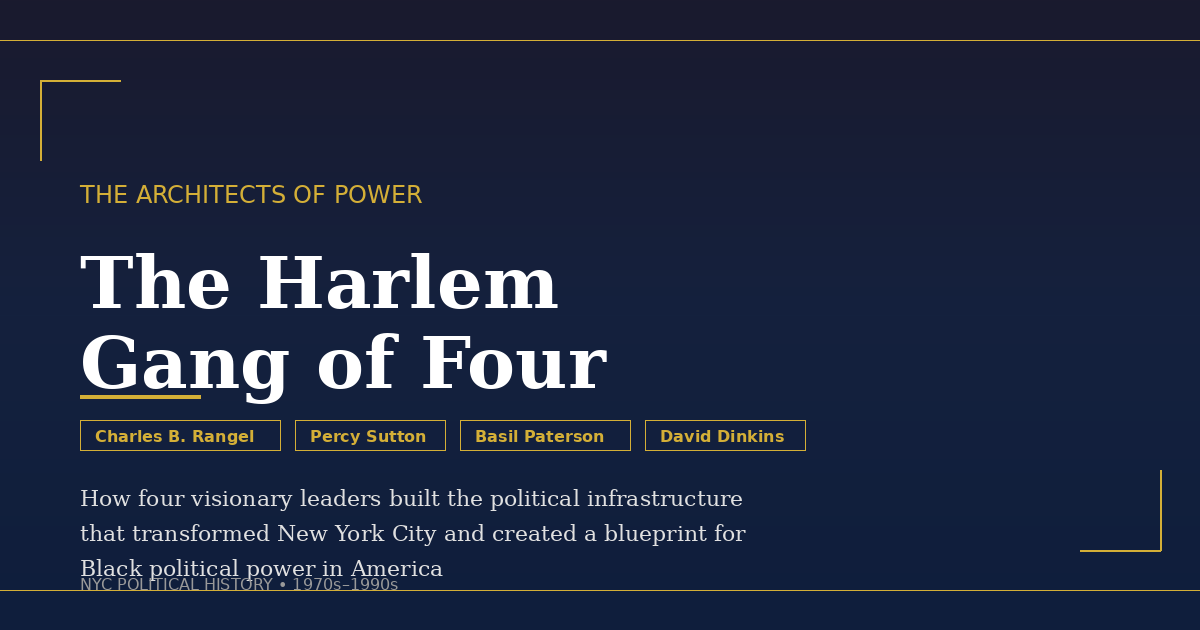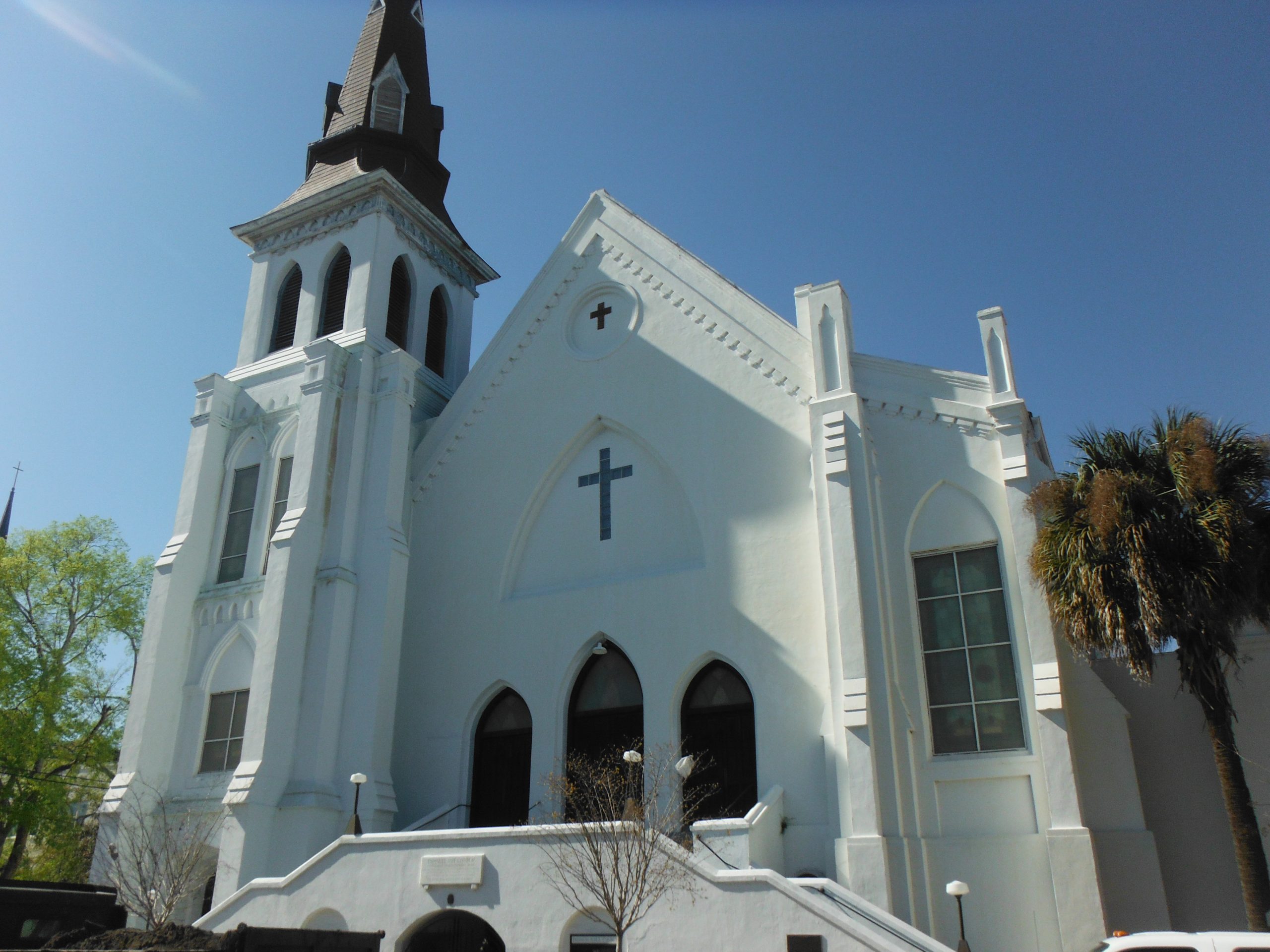
Charleston Emanuel African Methodist Episcopal Church
The murder of nine members of Charleston’s Emanuel African Methodist Episcopal Church brought to the surface the long history of attacks on black churches in the South. many have pointed to historic congregation’s central role in the city’s African-American community.
As Clementa Pinckney, the church’s pastor and state legislator who was killed in the shooting, told a group of visitors in 2013, “It’s a very special place because this site, this area, has been tied to the history and life of African Americans since about the early 1800s.”
Long History of Racially Motivated Attacks on Southern Black Churches
The Charleston massacre called to mind the long history of racially-motivated attacks on black churches in the South, which have been targeted precisely because of their role as not just houses of worship but also sanctuaries from racism and a gathering space for community action.
Charleston Emanuel African Methodist Episcopal Church
Sarah Kaplan in The Washington Post looked at Emanuel A.M.E.’s history as a target for racist violence:
It was founded by worshipers fleeing racism and burned to the ground for its connection with a thwarted slave revolt. For years its meetings were conducted in secret to evade laws that banned all-black services. It was jolted by an earthquake in 1886. Civil rights luminaries spoke from its pulpit and led marches from its steps. For nearly two hundred years it had been the site of struggle, resistance and change.
Attacks on black churches continued through the Jim Crow era, and intensified again in the wake of the 1950s civil rights movement. The Sept. 15, 1963 bombing of the 16th Street Baptist Church in Birmingham, Alabama by members of the Ku Klux Klan, which killed four girls and injured 20 others, marked a turning point in the escalation of the Southern civil rights struggle.
In the 1990s, black churches again emerged as targets in a wave of arsons and firebombings. As the Institute for Southern Studies reported in its magazine Southern Exposure in 1996 [pdf], fires damaged 230 churches in a 21-month span starting in August 1994, when young white men linked to the neo-Nazi group Aryan Faction threw a Molotov cocktail and shot bullets into a predominantly black church in Clarksville, Tennessee. The assailants left a note, saying, “AF wants you to leave our white community. You Coons! Coon hunting season is open.”
As the Southern Exposure investigation found, more than half of the arsons that swept through the South in the mid-1990s involved black churches, even though African-American congregations comprised only a fifth of churches in the region. Eighty percent of those arrested for the fires were white.
But, as with the 1963 Birmingham bombing, Southern law enforcement was slow to investigate the church attacks and bring prepetrators to justice. It was also quick to dismiss race as a motivating factor, despite glaring evidence to the contrary.
For example, in the 1990s church arson investigations, law enforcement officials tended to blame racism as a factor only if the suspects had ties to hate groups like the Klan — an approach that minimized the broader role of racism in fueling the attacks. However, most hate crimes aren’t committed by members of such organized groups; most are disaffected whites, usually younger, who grow up in a pervasive culture of racism that scapegoats African Americans and others for their economic hardship.
Dr. Jack Levin, director of the Program for the Study of Violence and Social Conflict at Northeastern University, prepared profiles of the church burning suspects in the 1990s and found that the “overwhelming majority of the arsons can be blamed on young, mostly white men.” While some were exposed to racial hatred from organized groups, more likely they were motivated by resentment about their bleak economic future. Burning black churches became “protest by proxy.”
From what’s known so far, the leading suspect in the Emanuel A.M.E. shootings appears to share at least some aspects of that profile. Dylann Storm Roof, a 21-year-old resident of Lexington, South Carolina, is reported to have said he was shooting church members gathered for a prayer meeting because “You rape our women and you’re taking over our country. And you have to go.”
Pictures of Roof show him with a Confederate license plate on his car — not uncommon in many Southern white working-class communities — and wearing a jacket with the flags of apartheid-era South Africa and Rhodesia, now Zimbabwe. A classmate says Roof had racist views, but describes them in a way that suggests they weren’t that exceptional:
I never heard him say anything, but just he had that kind of Southern pride, I guess some would say. Strong conservative beliefs … He made a lot of racist jokes, but you don’t really take them seriously like that. You don’t really think of it like that.
Law enforcement officials have said from the beginning they are investigating the attack in Charleston as a “hate crime.” Whether or not the shooter turns out to be part of any organized hate group activity, the assault is part of a history of racial violence striking at a central institution of African-American life in the South. As Rashad Robinson of the online activist group ColorOfChange.org said in a statement:
The Charleston massacre confirms that for Black communities, there is no safe haven from the violence and brutality of racism, not even a house of worship. More than 52 years after the Birmingham Church bombing, which galvanized the civil rights movement, we are forced to face the reality that Black life is under attack.
Black churches have long been targets of racial violence in the South. In 1963, the bombing of the 16th Street Baptist Church in Birmingham, Alabama killed four children and brought greater national attention to the civil rights struggle. (Photo by Thomas J. O’Halloran via Wikipedia.)
16th Street Baptist Church bombing – Wikipedia, the free encyclopedia
The 16th Street Baptist Church bombing marked a turning point in the United ….. Jones then recited Blanton’s extensive history with the Ku Klux Klan, before …
Black church – Wikipedia, the free encyclopedia
The term black church or African-American church refers to Christian churches that currently or historically have ministered to predominantly black congregations …
The Church in the Southern Black Community: Introduction
An Introduction to the Church in the Southern Black Community. Laurie F. Maffly- Kipp Associate Professor of Religious Studies University of North Carolina at …
Africans in America| Part 3 | Narrative: The Black Church – PBS
When Richard Allen was 17 and the slave of a Delaware planter, he experienced a religious conversion that changed his life forever. For Allen, spiritual …
Building the Black Community: The Church – Digital History
Interior View of the First African Baptist Church in Richmond (Harper’s Weekly, … many of which required black members to sit in the back of the church or the …
Church Burnings in the South – Washington Post
Jun 19, 1996 … The people burning down black churches in the South are generally white … destruction across the South by firebombing churches and homes, …
A Policymaker’s Guide to Hate Crimes – National Criminal Justice …
298 Federal arson investigations carried out between January 1995 and No- …… A rash of arsons at African-American churches in the South spurred the.




